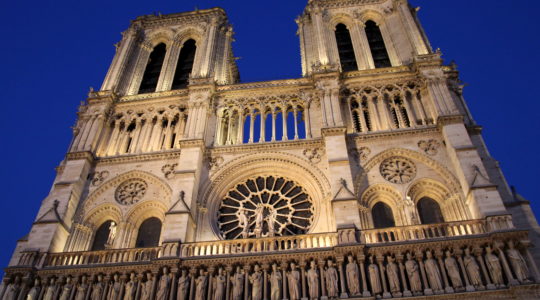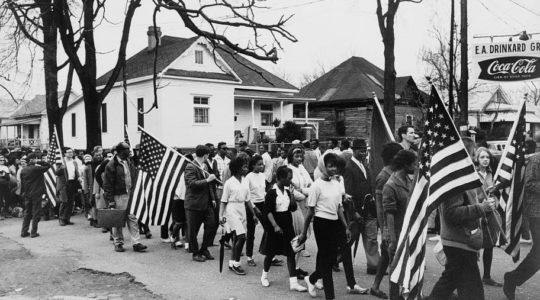The need for creating and developing a Department of Jurisprudence at the Hebrew University for the study of Jewish law as it came to expression in the Bible and the Talmud, the Codes and in the practice of Jewish life to date, was discussed at a luncheon held at the Astor Hotel Saturday.
Several hundred members of the New York bar were present. The luncheon was given by the Lawyers’ Committee for the Establishment of a Department of Jurisprudence at the Hebrew University in Jerusalem, a branch of the American Advisory Committee of the Hebrew University.
Max Levy, organizer and chairman of the Committee, was toastmaster. Benjamin N. Cardozo, Chief Judge of the Court of Appeals, New York, and Professor Nathan Isaacs of the Harvard Law School, spoke on “Jewish Law in Modern Civilization.” Prof. Israel Wechsler, chairman of the Committee of Physicians for the Hebrew University, told of the work being done by the Physicians Committee for the Medical Department of the Hebrew University.
The speakers, as well as those present, concurred on the need and the desirability of work for developing the Jurisprudence Department. Professor Isaacs expressed the hope that the proposed department will redound to the advantage of legal science as a whole and to a “genuine reception of Jewish law in Palestine” in particular.
“The more I reflect upon a school of jurisprudence in connection with the Hebrew University the more my imagination is touched and fired at the thought,” said Judge Cardozo. “The (Continued on Page 4)
Messages commending the project were read at the luncheon from former President Coolidge, Chief Justice William Howard Taft, Dean Roecoe Pound of the Harvard Law School, Professor Felix Frankfurter of Harvard and Dr. Chaim Weizmann, and Dr. Judah L. Magnes, Chancellor of the University.
JTA has documented Jewish history in real-time for over a century. Keep our journalism strong by joining us in supporting independent, award-winning reporting.
The Archive of the Jewish Telegraphic Agency includes articles published from 1923 to 2008. Archive stories reflect the journalistic standards and practices of the time they were published.



